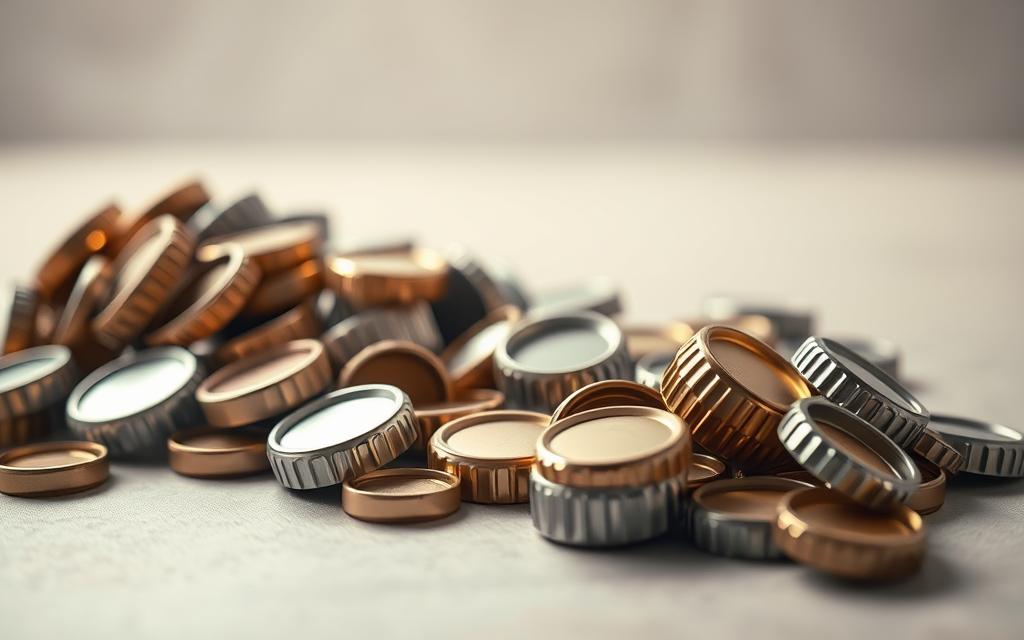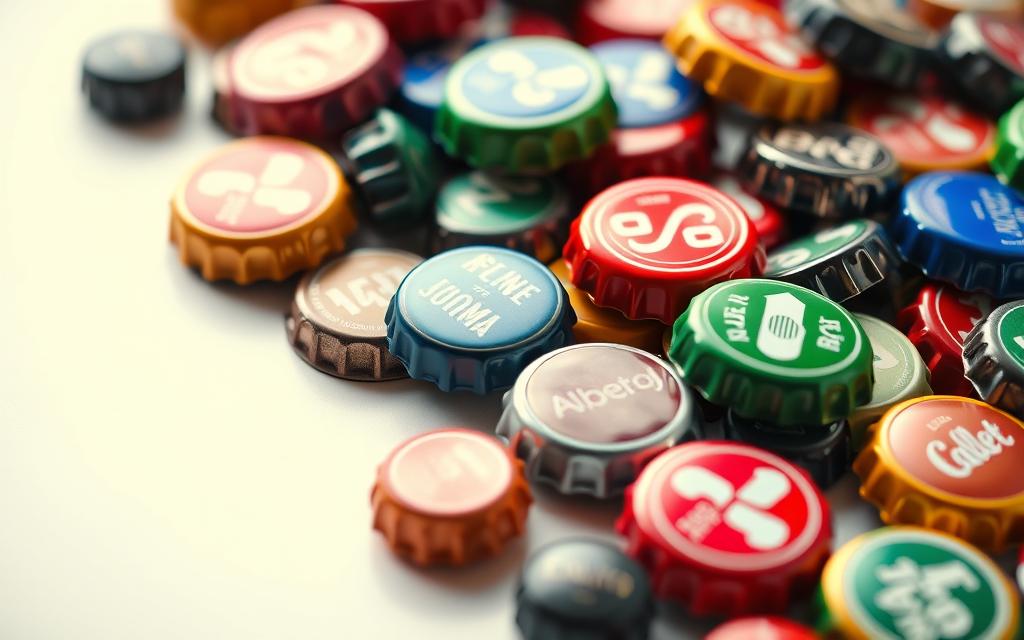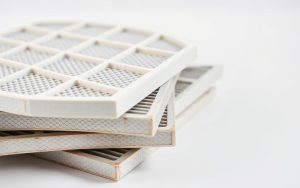Many people wonder if metal bottle caps can be recycled. The answer is yes, but they require proper handling. Small and loose, these caps often cause issues at recycling facilities.
Metal caps, made of steel or aluminum, are recyclable. However, they must be prepared correctly to avoid ending up in landfills. Improper disposal harms the environment and wastes valuable resources.
According to the Recycle Coach Network, 90% of these caps end up in landfills if not processed properly. Following local recycling guidelines is crucial to ensure they are handled the right way.
So, how do we recycle them effectively? The process involves simple steps that make a big difference. Let’s explore the best practices to keep these small items out of landfills and contribute to a healthier planet.
Understanding the Types of Beer Bottle Caps
Metal bottle caps come in two main types, each with unique properties. These are steel and aluminum. Steel caps are magnetic, while aluminum ones are not. This difference is crucial for recycling.
Using a simple magnet test, you can easily separate the two. Steel caps stick to the magnet, while aluminum caps do not. This separation ensures they are processed correctly at the recycling facility.
Automated sorting systems often miss loose caps due to their small size. They fall through screens designed to capture larger items. This makes them like needles in a recycling haystack.
Material Recovery Facilities (MRFs) play a key role in sorting these items. Mixed metals complicate the process, so separating them beforehand is essential. Proper preparation helps keep these materials out of landfills.
- Steel caps are magnetic and recyclable.
- Aluminum caps are non-magnetic and recyclable.
- Loose caps often escape sorting systems.
By understanding these types, you can contribute to more efficient recycling. Small steps, like separating materials, make a big difference.
How to Recycle Beer Bottle Caps Properly
Properly recycling small metal items can significantly reduce waste. Metal bottle caps, though tiny, require specific steps to ensure they don’t end up in landfills. Follow these guidelines to make the process efficient and eco-friendly.
Step 1: Separate Steel and Aluminum Caps
Start by sorting the caps. Use a fridge magnet to test each one. If it sticks, it’s steel. If not, it’s aluminum. This separation is crucial because mixing metals complicates the recycling process.
Steel and aluminum must be processed separately. Automated systems at recycling facilities often miss loose caps. Pre-sorting ensures they are handled correctly.

Step 2: Store Caps in Metal Cans
Once sorted, store the caps in metal containers. Use empty soup cans for steel caps and soda cans for aluminum ones. Fill the cans halfway to leave room for crimping.
Crimp the top of the can shut to prevent spillage. This method keeps the caps contained and makes them easier to process at the recycling facility.
Step 3: Check Local Recycling Guidelines
Recycling rules vary by location. Use tools like the Recycle Coach app to find your area’s guidelines. Some cities accept prepped cans, while others have specific drop-off points.
Retailers, especially craft breweries, may offer take-back programs. Always verify local rules to ensure your efforts align with community standards.
| Step | Action | Tips |
|---|---|---|
| 1 | Separate steel and aluminum caps | Use a magnet to identify steel caps |
| 2 | Store caps in metal cans | Crimp cans shut to prevent spillage |
| 3 | Check local guidelines | Use the Recycle Coach app for updates |
Additional Tips for Recycling Beer Bottle Caps
Creative reuse of small metal items can extend their lifecycle. Beyond recycling, there are innovative ways to give these materials a second chance. Artists and crafters often transform discarded lids into stunning works of art or functional items.
Donating lids to artists is a great way to support creativity. For example, Eric’s Easel uses them to create intricate mosaics. This not only reduces waste but also promotes artistic expression.
At home, you can repurpose lids into DIY projects. Turn them into ornaments, magnets, or even musical instruments. These activities are perfect for families looking to bond while being eco-friendly.
“Small actions, like repurposing lids, can have a big impact on the environment.”
Metal recyclers, such as American Metal Recycling, offer payouts for turning in lids. Prices range from $0.05 to $0.45 per pound. Check local drop-off options to make the process convenient.
Non-metallic coatings on lids, like rubber or plastic linings, won’t hinder recycling. These coatings burn off during the melting process, ensuring the metal is still usable.
However, avoid long drives to recycle small quantities. Calculate the fuel cost versus the environmental benefit. Sometimes, local programs or craft projects are a better choice.
| Option | Benefit | Tips |
|---|---|---|
| Donate to artists | Supports creativity | Find local art programs |
| DIY projects | Family-friendly | Use Resource Depot for ideas |
| Sell to recyclers | Earn cash | Check local payout rates |
Conclusion
Every metal lid recycled helps reduce landfill waste significantly. By following the simple three-step process—separating, storing, and checking local guidelines—you can ensure these small items are handled the right way. Small actions, when multiplied, prevent landfill overflow and support a healthier environment.
Share this guide with friends and family to boost community recycling rates. For more resources, explore the Recycle Coach’s municipal partnership program. Together, we can make a difference.
Your next metal lid can help build a greener future. Start today and contribute to a more sustainable world.







